Grand Mercure Hanoi - Upscale hotels & resorts
- When street vendors turn tourist attractionsGrand Mercure Hanoi
- English
- Tiếng Việt
- See this hotel on all.accor.com or brand website in other languages :
When street vendors turn tourist attractions
For visitors to Vietnam, the call of street vendors is more than a food alert: it is a charming soundscape that inspires them to explore and taste the city.
Ky, an Australian traveler, still remembers hearing the call “banh bao nong day” (hot steamed buns here) for the first time while staying in a hotel in Ho Chi Minh City.
“Even from a high floor, I could hear the sound echoing from the street, and it made me curious,” he says.
From then on he began noticing the call everywhere.
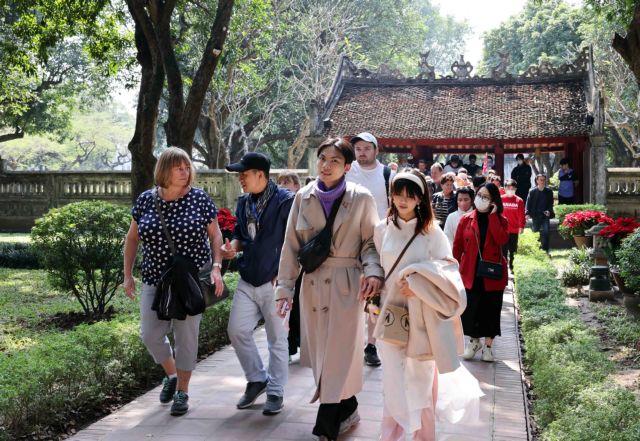
Ky and his partner moved to Da Nang City in April. Fascinated by local culture and cuisine, he was surprised the first time he tried a steamed bun from a street vendor.
“The flavor was rich, better than I expected,” he says, comparing it to Australia’s meat pies.
Street vending is uncommon in Australia, where most sellers work in shops, he says.
“That’s why the bun vendor’s call feels like such a cultural symbol of Vietnam.”
Mae, a tourist from the Philippines, was also captivated. Before visiting Vietnam, she had seen social media clips featuring the call, many tagged in Da Nang.
When she visited Da Nang in July, she made it her mission to track one down.
Following friends’ advice she woke at 5 a.m. to walk along My Khe Beach and soon encountered a vendor selling steamed buns from a motorbike equipped with a loudspeaker.
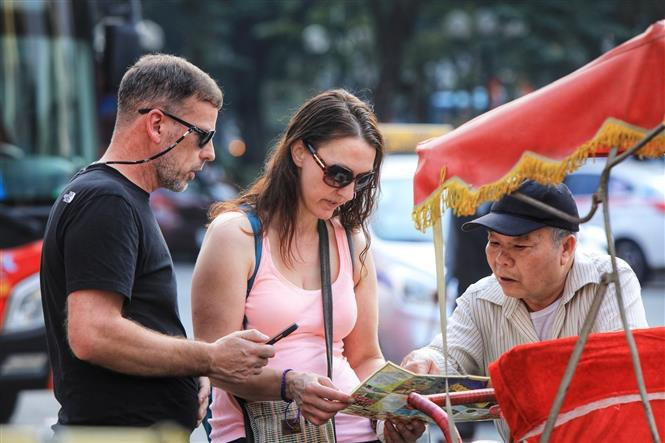
“At first I didn’t understand since it was in the local accent, but my guide explained it meant hot steamed buns, a popular Vietnamese snack,” she says.
She filmed the experience for TikTok, where it drew 70,000 interactions, mostly from foreigners and travelers who remembered hearing the same sound.
Beyond the novelty, Mae praises the buns themselves: hot and filling, stuffed with pork, egg and mushrooms, all for just VND15,000 (US$0.60).
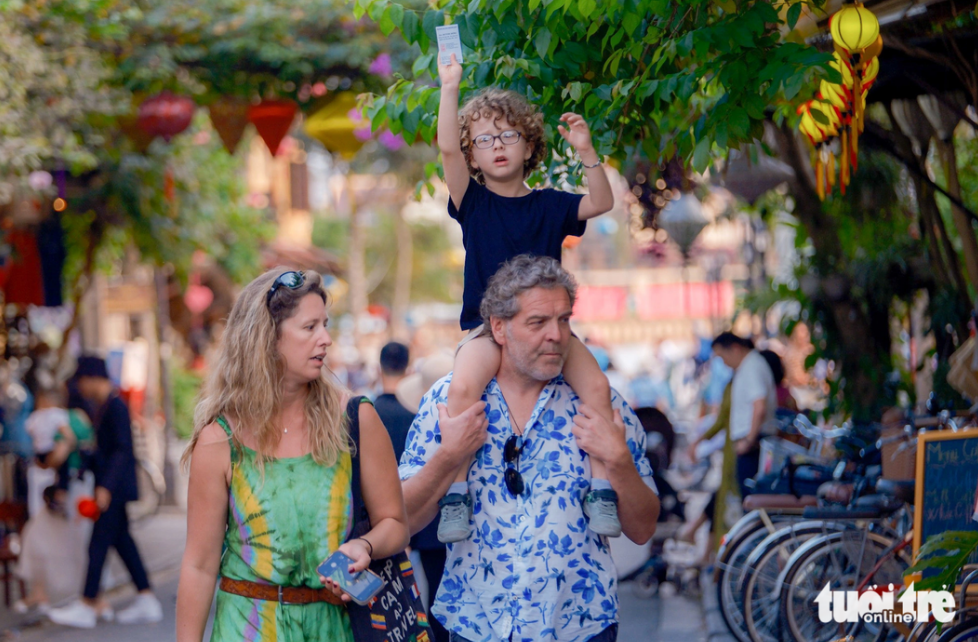
She was amazed at how the vendor managed to balanced a wood stove, steamer and display case on a motorbike.
“I think this kind of street culture is something unique to Vietnam.”
On TikTok, a search for “banhbao” turns up hundreds of viral videos, many approaching a million views, all showcasing the distinctive call.
Cultural researcher Dr. Nguyen Anh Hong of the Academy of Journalism and Communication says the melodic tones of vendor calls make them memorable, almost like songs.
Without them, cities will lose their vitality and links with the past, she adds.
Japan offers an example.
By the 1970s everyday street cries, from those selling fish to roasted sweet potato, had faded with the spread of supermarkets, convenience stores and noise laws.
Scholars called it “the disappearance of urban sound.”
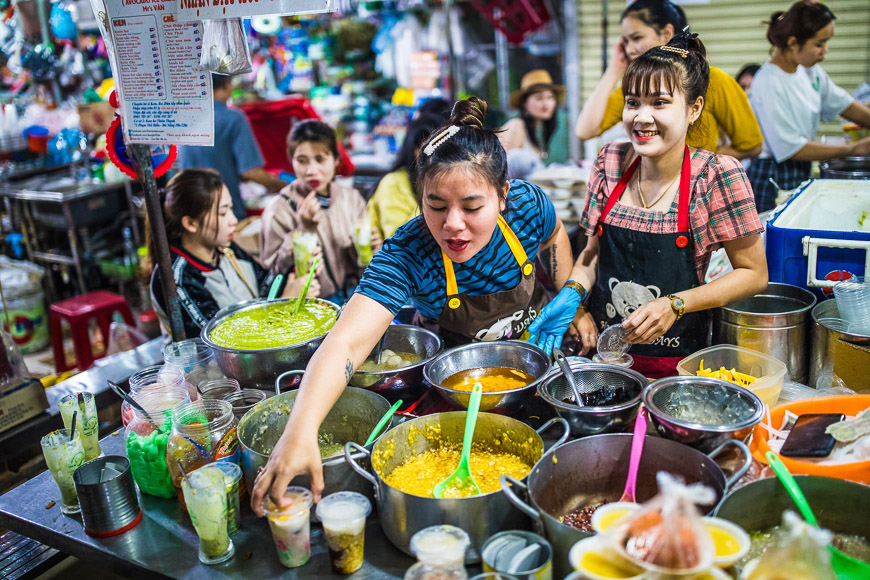
Today only traces remain, like those of tofu sellers in Kyoto and the sounds of festival reenactments in Osaka, while projects such as the Japanese Art Sound Archive (2025) preserve recordings to keep this urban heritage alive.
“What sets Vietnam apart is that these street cries remain part of everyday life, each with its own melody that fascinates tourists,” Hong says.
Hanoi has long debated whether to preserve or regulate street vending, including calls such as “banh bao nong day” (hot steamed buns here) and “xoi lac banh khuc day” (sticky rice with peanuts, sticky rice buns here).
Experts say Vietnam should protect these everyday details, with Hong pointing out that vendor calls could become a cultural attraction if done respectfully.
“Building a cultural image for a nation doesn’t always require something grand. Sometimes small, ordinary things create the most powerful impression.”
Grand Mercure Hanoi ☆☆☆☆☆
9 Cat Linh, O Cho Dua Ward, Hanoi, 100000 Hanoi
Vietnam
Tel: +84 24 3211 5757
Fax:+84 24 3244 4747
Email:
H6936@accor.com

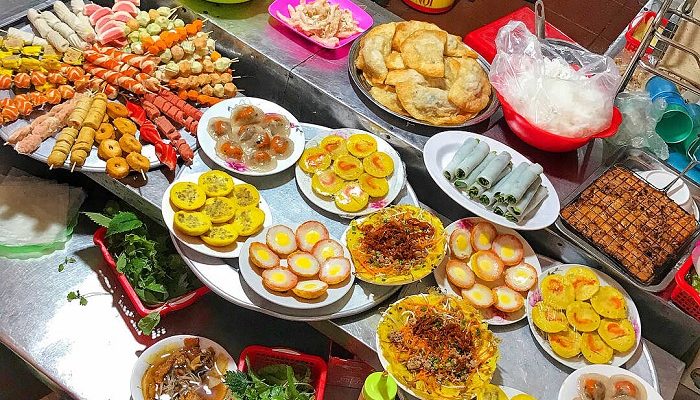
Follow us
Stay in touch and connected to all the news and happenings.